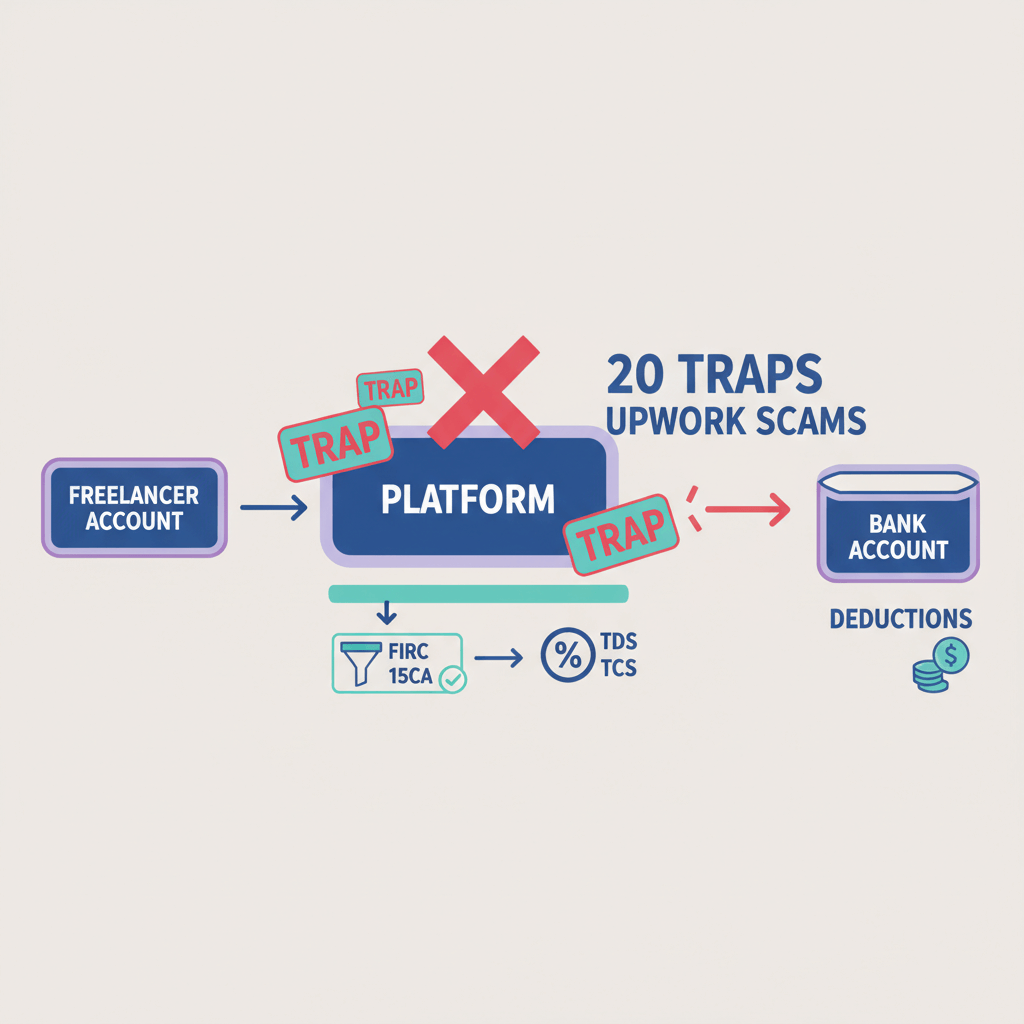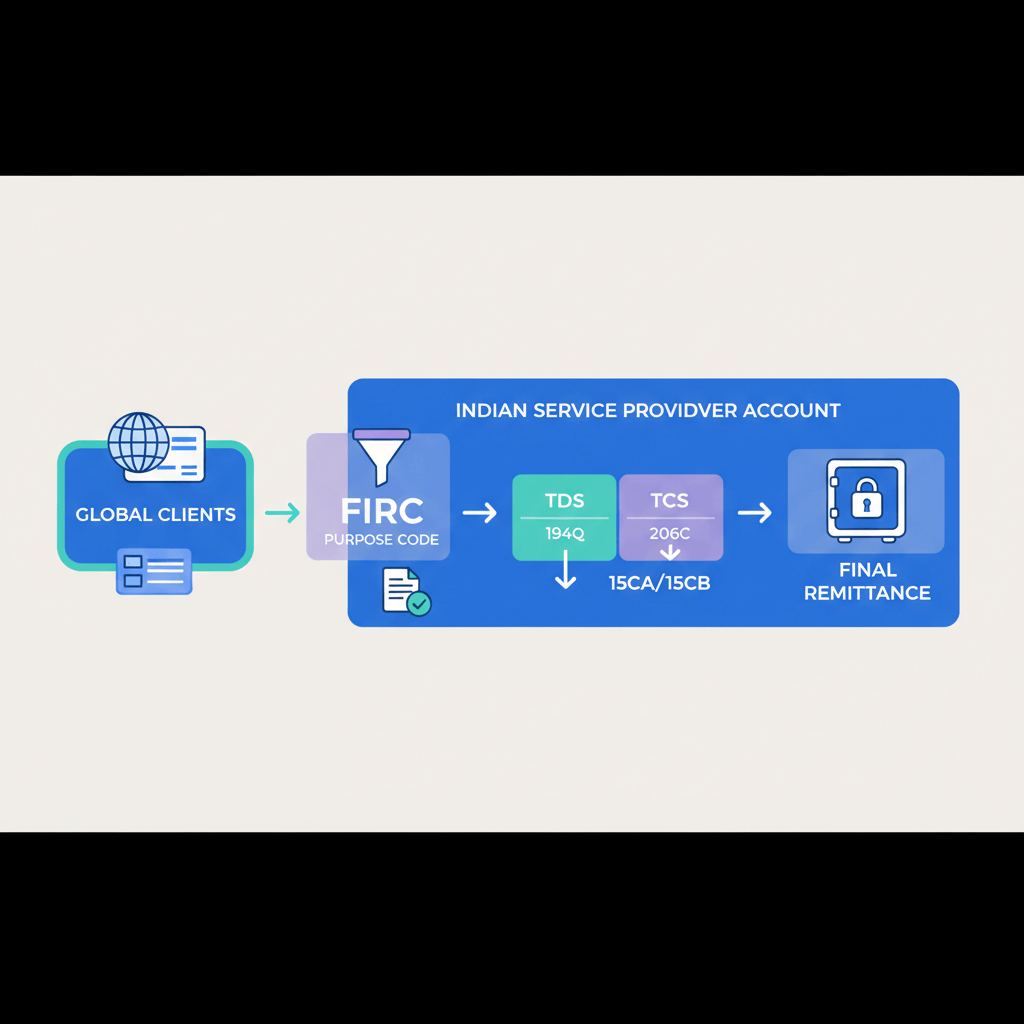#1 What is a remittance number?
A remittance number is a unique code assigned to a specific financial transaction involving the transfer of funds. It plays a key role in tracking and managing the transaction throughout its processing. Here’s a clearer view of its importance for business outward remittances :-
Purpose and Use of a Remittance Number
- Tracking and Reference:
- Identification: It provides a distinct reference for each remittance, helping banks and financial institutions monitor and manage the transaction efficiently.
- Verification: It facilitates the verification and cross-referencing of transactions during audits or any queries.
- Transaction Management:
- Processing: The remittance number aids in the smooth processing and reconciliation of transactions within banking systems.
- Dispute Resolution: It is used to investigate and resolve issues or discrepancies that may arise.
- Documentation:
- Record Keeping: It is crucial for maintaining accurate transaction records in financial statements or reports.
- Reporting: It assists in creating reports related to the transaction for compliance and regulatory purposes.
Format and Assignment
- Format: The remittance number typically follows an alphanumeric format and is unique to each transaction, though the exact format can vary between institutions.
- Assignment: Generated by the bank or financial service provider at the time of the remittance, it is usually included in transaction receipts and statements.
#2 What is a remittance bank account number?
A remittance bank account number is the specific account number used for depositing or withdrawing funds during a money transfer. This number is essential for directing funds accurately to the intended recipient or source. Here’s a breakdown of its significance:
Purpose and Importance of a Remittance Bank Account Number
- Transaction Routing:
- Deposit and Withdrawal: It specifies the bank account for receiving or sending funds in both international and domestic transfers.
- Accuracy: Ensures that the funds are accurately transferred to the correct account.
- Transaction Management:
- Processing: Plays a key role in the processing and reconciliation of transactions within the banking system.
- Verification: Used to confirm the account details involved in the transaction.
- Record Keeping:
- Documentation: Included in transaction records, receipts, and statements for precise documentation.
- Tracking: Helps in tracking and managing transactions, as well as maintaining financial records.
- Security:
- Confidentiality: Must be securely handled to prevent unauthorized access or fraud.
- Authentication: Ensures that the transaction is directed to the correct account, adding a layer of security to financial transfers.
Usage in Remittance Transactions
- Sender’s Account: The account from which funds are sent.
- Recipient’s Account: The account where funds are received.
#3 What is the meaning of the remitter number?
The remitter number is a unique identifier assigned to the individual or entity sending funds in a remittance transaction. This number plays a key role in tracking and managing the transaction. Here’s a breakdown of its significance for business outward remittances:-
Purpose and Importance of a Remitter Number
- Identification:
- Sender Identification: It identifies the sender of the funds, linking the transaction to the correct remitter.
- Tracking: Facilitates tracking the source of the funds throughout the transaction.
- Transaction Management:
- Processing: Assists in the accurate processing and handling of the remittances by financial institutions.
- Verification: Used to confirm the identity of the sender during the transaction.
- Record Keeping:
- Documentation: Included in transaction records, receipts, and statements for accurate documentation and future reference.
- Audit Trail: Provides a clear record that is useful for audits and resolving any issues.
- Security:
- Fraud Prevention: This helps prevent fraud by enabling transactions to be traced back to the legitimate sender.
- Dispute Resolution: Aids in resolving disputes or discrepancies by providing a reference for the remitter.
Usage in Remittance Transactions
- Sender’s Details: The remitter number is linked to the sender’s bank account or financial details.
- Transaction Reference: Serves as a reference for tracking and managing the specific transaction.
#4 What is a bank remittance copy?
A bank remittance copy is a document from a bank that shows the details of a money transfer. It acts as proof that the transfer happened and includes important information about the transaction. Here’s what it includes and why it matters:
What’s in a Bank Remittance Copy
- Transaction Details:
- Date and Time: When the transfer was done.
- Amount: How much money was transferred?
- Currency: The type of money used for the transfer.
- Sender Information:
- Name: Who sent the money?
- Bank Account Info: The account number from which the money was taken.
- Recipient Information:
- Name: Who received the money?
- Bank Account Info: The account number where the money was deposited.
- Reference Number:
- Transaction ID: A unique number to track the transfer.
- Purpose of Transfer:
- Description: Why the money was sent?
Why a Bank Remittance Copy is Important
- Proof of Transfer:
- Documentation: Shows that the money transfer was completed and helps keep records.
- Verification: Can confirm that the transfer was made correctly.
- Record Keeping:
- Compliance: Helps meet legal and regulatory requirements and is useful for audits.
- Taxes: Can be used for tax reports and to claim any deductions or benefits.
- Resolving Issues:
- Dispute Help: Helps resolve any problems or disputes about the transfer.
- Tracking:
- Status Check: This allows you to check the status of the transfer and make sure the money reaches the right place.
#5 What is the meaning of the remittance code?
A remittance code is a unique identifier used to track and manage a specific money transfer. It helps ensure accurate processing, verifies the transaction, and resolves any issues that may arise.











